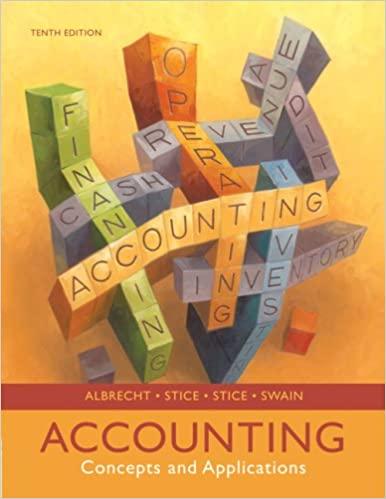Strategic Accounting Method Choices You saw in Chapter 6 that a companys management selects the percentage to
Question:
Strategic Accounting Method Choices You saw in Chapter 6 that a company’s management selects the percentage to be used when computing bad debt expense. You noted in Chapter 7 that management is allowed to choose the method for valuing inventory. In this chapter you found that management gets to choose the method used for depreciating assets, the estimated salvage value, and the estimated useful life.
Suppose that you are involved in negotiations with the local labor union regarding wages for your company’s employees. Labor leaders are asking that their members be given an average annual raise of 12%. The company president has asked you to prepare a set of financial statements that portrays the company’s performance as being mediocre at best. The president also makes it clear that she does not want you to prepare fraudulent financial statements. All estimates must be within the bounds of reason.
So you come up with the following:
• Change the percentage used for estimating bad debts from 1.5% to 2%.
• Elect to use the LIFO method for valuing inventory because the prices associated with inventory have been rising.
• Change the average estimated salvage value of long-term assets from 15% to 10% of historical cost.
• Change the depreciation method from straight-line to an accelerated method.
• Change the average estimated useful life of long-term assets from 10 years to 7 years.
As you know, each of these changes will result in net income being lower. Each of these changes is also still within the bounds of reason required by the company president.
1. Would it be appropriate to make the changes described above in order to obtain favorable terms from the labor union negotiators?
2. If the above changes are made, what sort of disclosure do you think should be required?
Step by Step Answer:

Accounting Concepts And Applications
ISBN: 9780324376159
10th Edition
Authors: W. Steve Albrecht, James D. Stice, Earl K. Stice, Monte R. Swain





